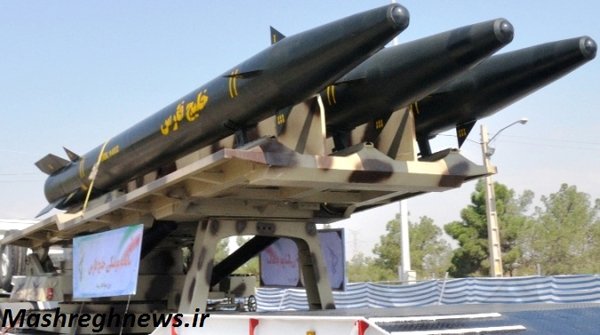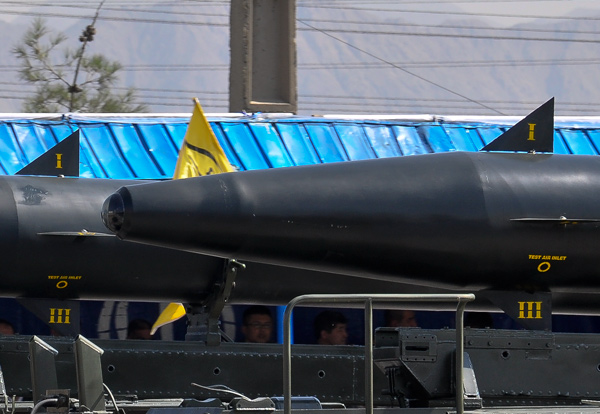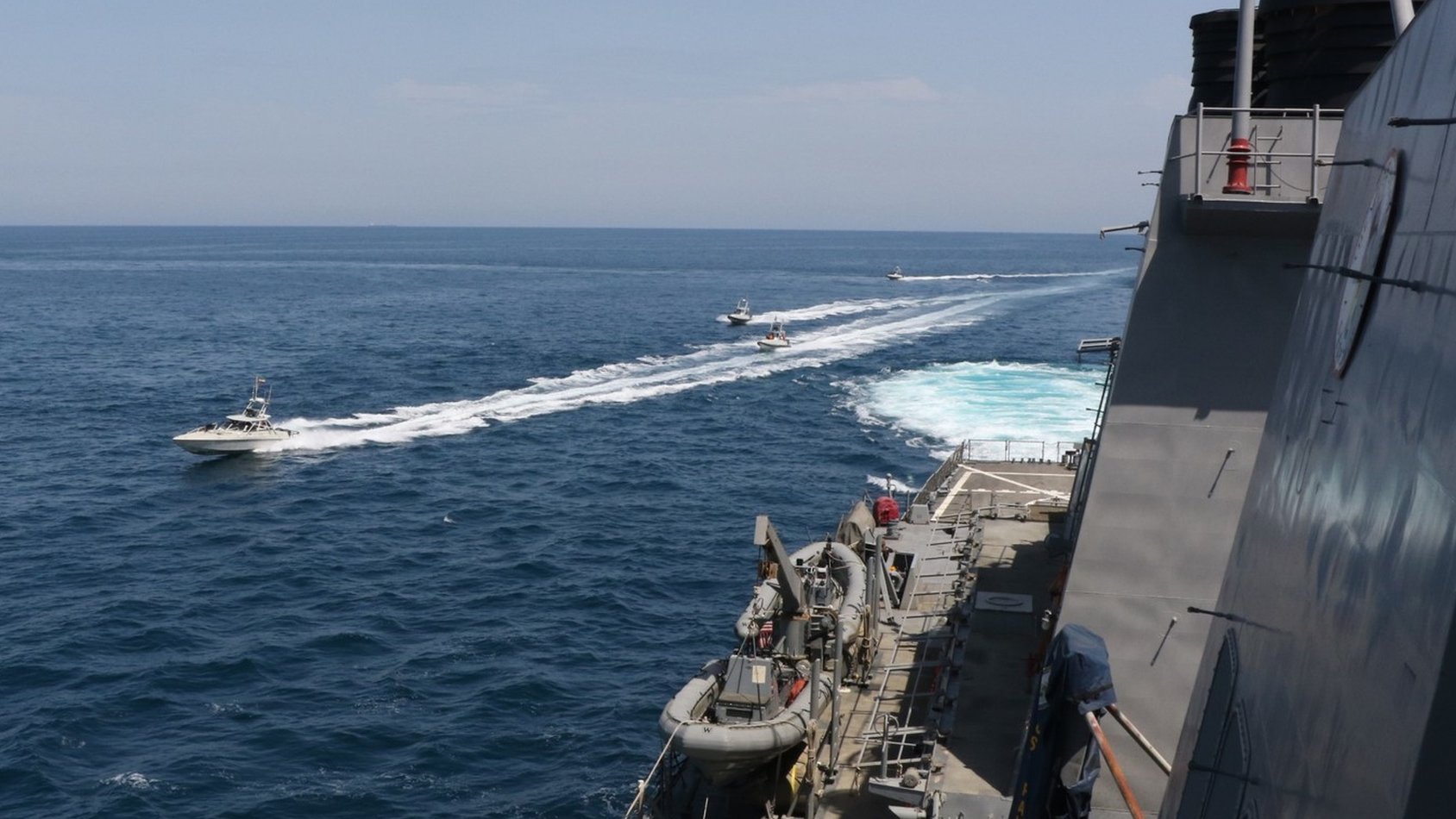Khalij Fars or “Persian Gulf” is an Iranian single-stage solid-propellant, supersonic anti-ship quasi ballistic missile with a range of 300 km based on the Fateh-110 missile.
Over the past decades, Tehran has invested heavily in building its defense capabilities, the core of which is ballistic missiles. Iran’s missile development program began in the early 1970s, under the Shah, and accelerated during the Iran-Iraq War (1980-1989). Since then, Iran has cooperated with Libya, North Korea and China to develop a large arsenal of ballistic and cruise missiles. In particular, from the experience of the war with Iraq, Iran has stepped up research and development of missiles, becoming the country that produces and owns the most ballistic missiles in the Middle East.

Khalij Fars or “Persian Gulf” is an Iranian single-stage solid-propellant, supersonic anti-ship quasi ballistic missile with a range of 300 km based on the Fateh-110 missile. It is equipped with a 650 kg explosive warhead and an interception evading guidance system. The missile was unveiled in February 2011 when the Commander of the Islamic Revolutionary Guards Corps, announced that it is being mass-produced.
The missile has an operating range of 300 kilometres. The Khalij Fars has an advanced electronic system that allows the missile to discover and navigate to the target. The missile relies on its own internal navigation system, allowing it to travel without radio interference. Compared to the Chinese DF-21, Khalij Fars has a quarter of the range. Iran claims the missile can travel at the speed of Mach 4.

Like Chinese ASBMs, the Khalij Fars would also require external reconnaissance assets to provide initial target-cueing for its inertial guidance system. The Persian Gulf is quite narrow, only 35 miles across at the straits of Hormuz, to a maximum of 220 miles. Therefore, mass concentration of mobile launchers in the attack range will be a significant threat to enemy warships.
In 2014, Iran also unveiled a a faster anti-radiation variant of the Khalij Fars called the Hormuz-1 and -2 designed to home-in on land- and sea-based radars respectively—possibly the world’s first anti-radiation ballistic missiles. Anti-radiation missiles are a big threat to the ship’s defenses.






